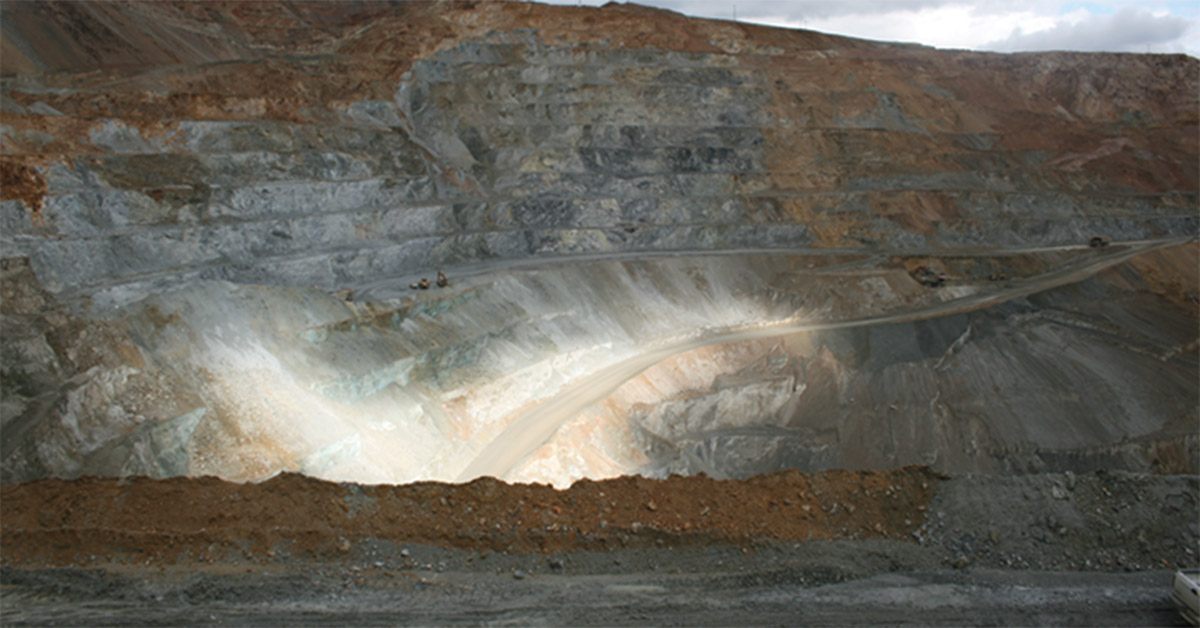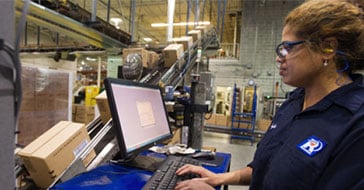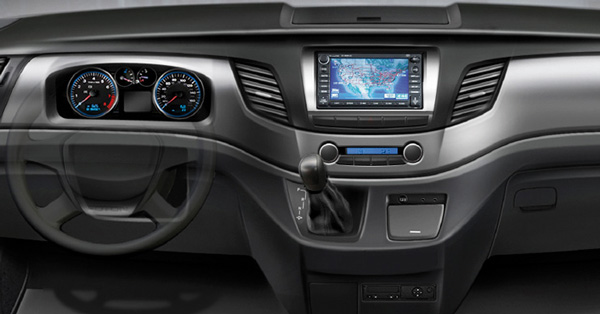Preventing Disaster at Steel Mills with Continuous Thermal Imaging
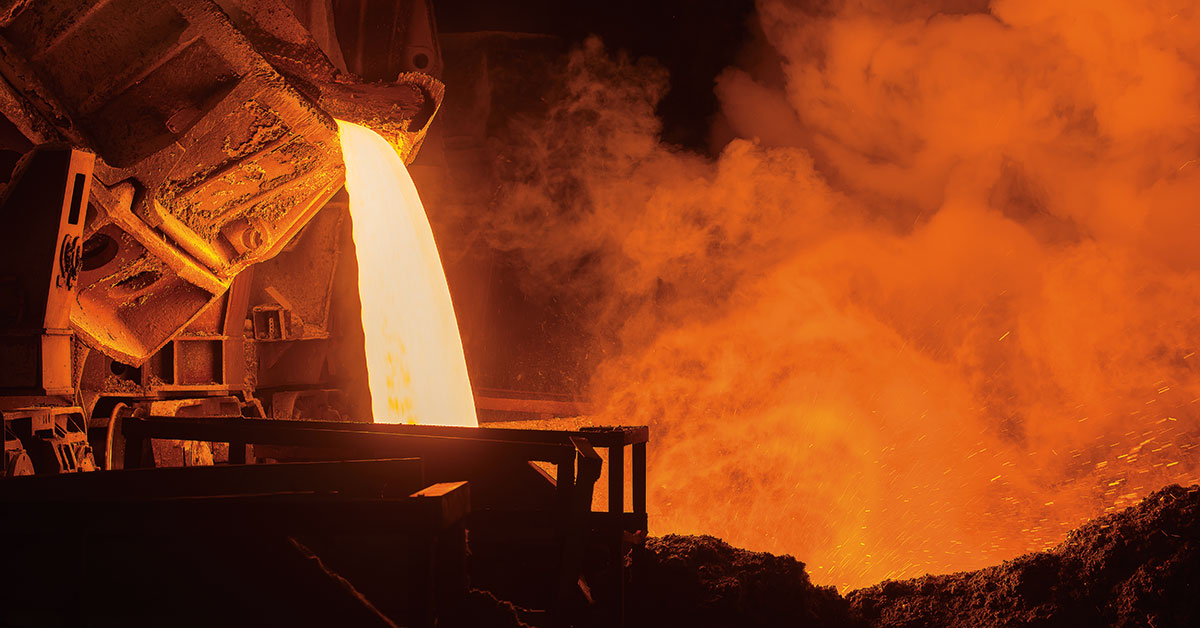
Steel breakouts are real-life nightmares, showering a plant floor with hundreds of tons of 1400°C (2552°F) molten iron and risking damage to equipment or even the injury or death of a worker. It’s an extremely dangerous and costly mistake that steel mills try desperately to avoid. A diligent preventative maintenance of the ladles and torpedoes used to shuttle molten iron between steelmaking processes is critical.
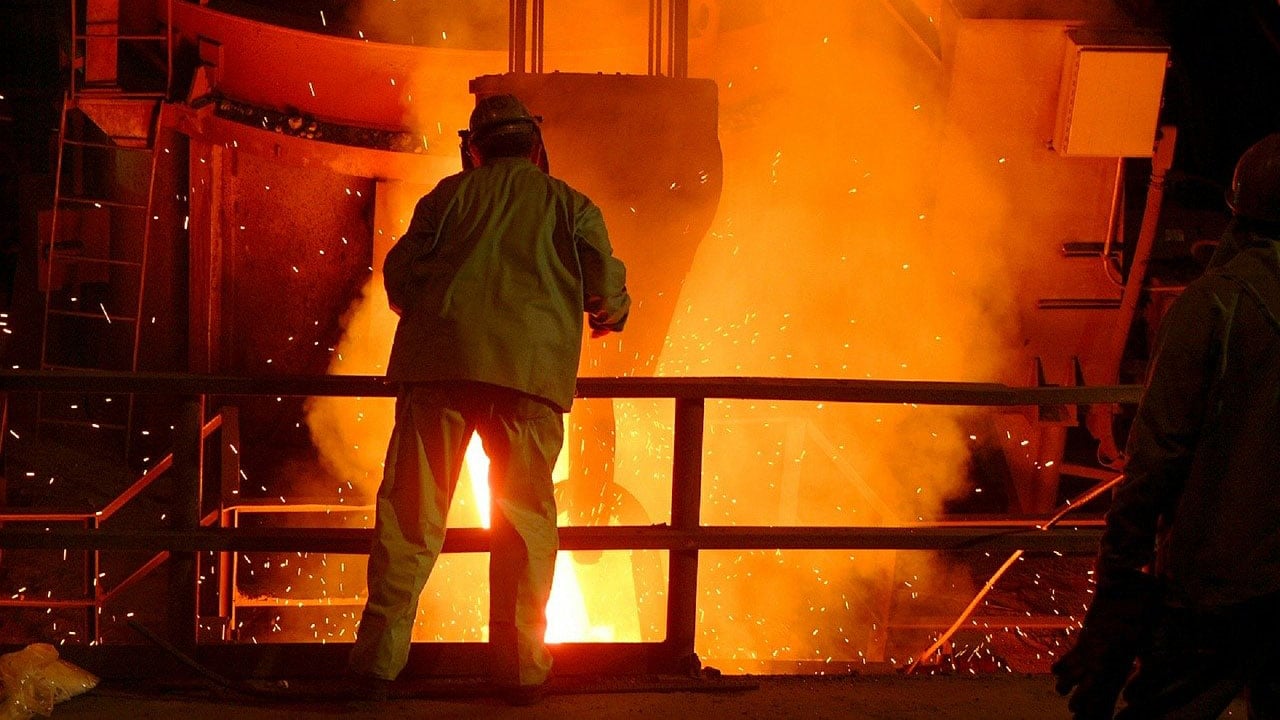
Monitoring ladles and torpedoes with thermal imaging makes preventing breakouts more realistic, but traditional handheld cameras require an operator, limiting inspection frequency and creating potentially dangerous workplace conditions. US-based ANT Automation understands the devastating effects of a breakout, and their CIRA System is helping plants around the world limit their risk of incident with continuous thermal monitoring.
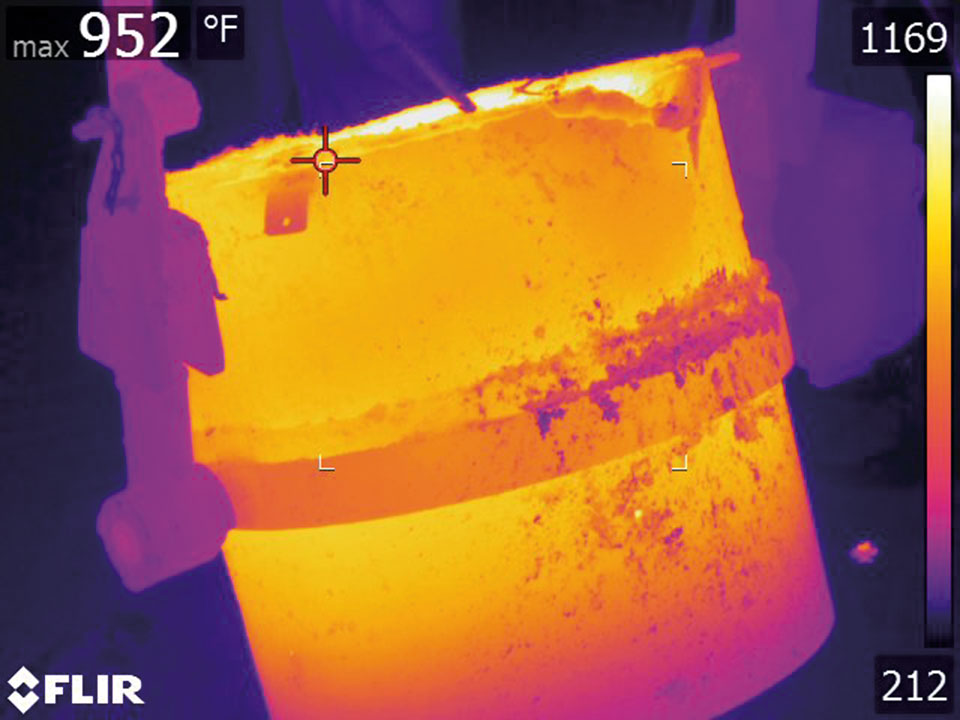
Handheld and automated thermal imaging cameras monitor the structural integrity of vessels used to transport molten iron.
“Most plants have a handheld thermal camera,” says Javier Barreiro of ANT Automation, an industrial solutions provider in Pittsburg, PA. “They go maybe once a week or every couple of days, take some pictures of the ladle, then create a report.” While these surveys can provide valuable information, Barreiro has concerns about the infrequency of manual inspections. “It’s sampling your plant. The probability of catching a hot spot is very low.”
Several days between inspections would be a non-issue for many industries, but taking extra precaution is vital when consequences involve uncontained molten iron–especially when material strain occurs quickly. “You could be in normal operation and have a refractory brick break. A hot spot can happen in less than one minute,” says Barreiro. Quickly identifying hot spots on ladles or torpedoes would require multiple full-time personnel in high-risk areas of a plant, making continuous thermal monitoring through manual inspection cost-restrictive and dangerous.
24/7 Thermal Imaging with Machine Vision Systems
Rather than rely on infrequent thermal inspections, steel mills can continuously monitor each ladle and torpedo by integrating machine vision systems. ANT Automation’s “CIRA” (Continuous Infrared Analysis) platform is “totally automatic” and “does not require any human intervention,” says Barreiro, explaining that the system is able to autonomously track and monitor specific equipment. “We capture a hot spot in the early stages by analyzing and tracking the history of a ladle.” Every ladle has a unique ID and is imaged from multiple angles during each use.
The CIRA system’s effectiveness hinges on reliable thermal imaging, and more than 15 years of working with FLIR cameras led ANT Automation to integrate the FLIR A315 into its platform. With a 320 x 240 resolution, the A315 offers 76,800 unique thermal data points and can detect temperature differences as small as 50 mK. Its high-frequency streaming capabilities can achieve full-frame 16-bit images up to 60 Hz and can be fully controlled via PC, and with the appropriate housing, the A315 stands up to grueling steel mill environments.
“We recommend FLIR cameras,” says Barreiro. “They are robust. They work in many different conditions and the way that they stream data is very convenient.” Clients install CIRA and other continuous monitoring systems for different reasons, some as simple as cheaper insurance premiums. Whether it’s to refine maintenance processes or to better protect nearby equipment, many plants adopting the platforms had experienced breakouts in the past. For Barreiro, that’s much too late. “We need to prevent this from happening the first time.”
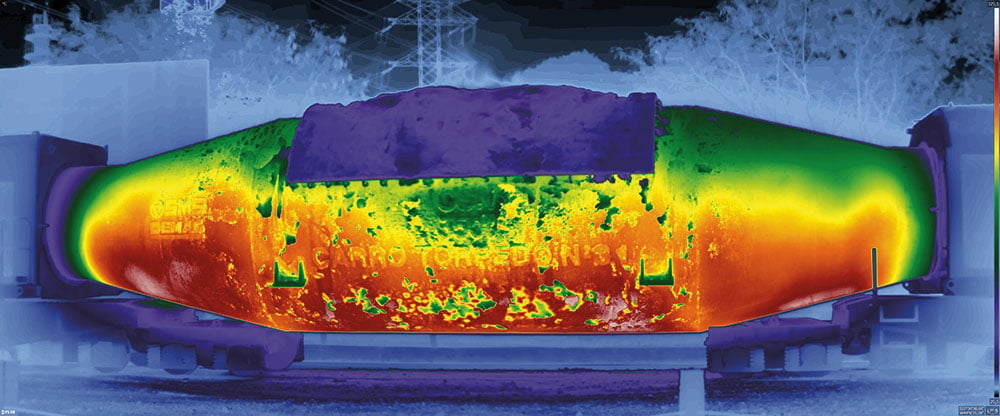
Automated systems can track and monitor specific equipment, allowing informed maintenance decisions based on changes in a refractory layer over time.
CIRA operates on the plant’s existing network and relies on multiple FLIR thermal cameras to monitor the entire surface of a ladle or torpedo. Users can access live video, view historical images, and customize alarms from a computer or mobile device.
In addition, historical data provides insight into any problem areas while the system differentiates between developing hot spots and common splashes, spillover, or overflow. “You can have spillovers and sparks at any time. Those are not issues, these operations have splashes and overflows a lot. Our system recognizes normal plant activity without interfering,” says Barreiro.
Early detection with CIRA gives the user time to consider maintenance options. “They will receive an email every time a hot spot is detected, including the ladle number, the heat number, the thermal images, everything. They don’t have to be watching all the time. The alert will go to their smartphone.” Catching a hot spot early may allow for the completion of a heat, while a ladle showing signs of failure will demand an immediate transfer of its contents to structurally-sound equipment.
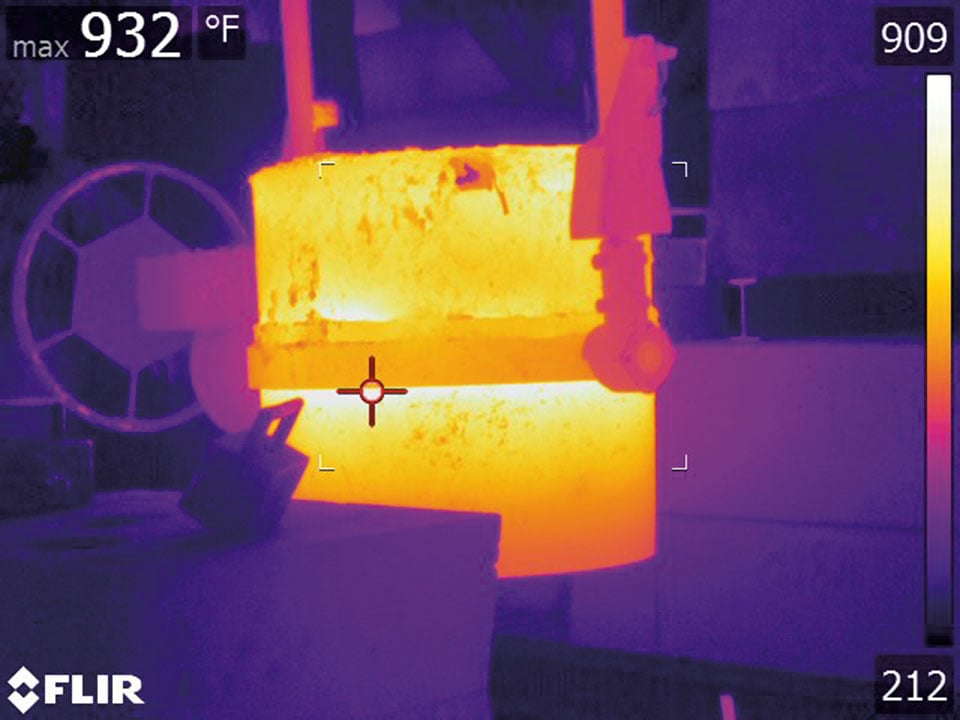
Continuous thermal monitoring can detect early signs of equipment failure, significantly reducing the risk of a breakout.
Barreiro believes that this insight creates value beyond breakout prevention. “You can optimize your refractory and have a better understanding of the ladle profile. You will have more information to improve your process.” His clients share this opinion. It’s becoming common for CIRA users to install the system with several cameras, only to expand in the months following. “These plants, they get two, then five, then 10 cameras. That speaks to the importance of this monitoring.”
Learn more about FLIR continuous monitoring solutions: https://www.flir.com/instruments/condition-monitoring/
If you have an inspection challenge you'd like to share with Teledyne FLIR, fill out the contact form.
